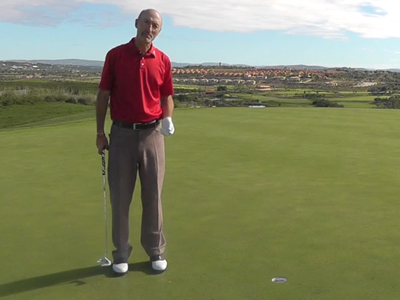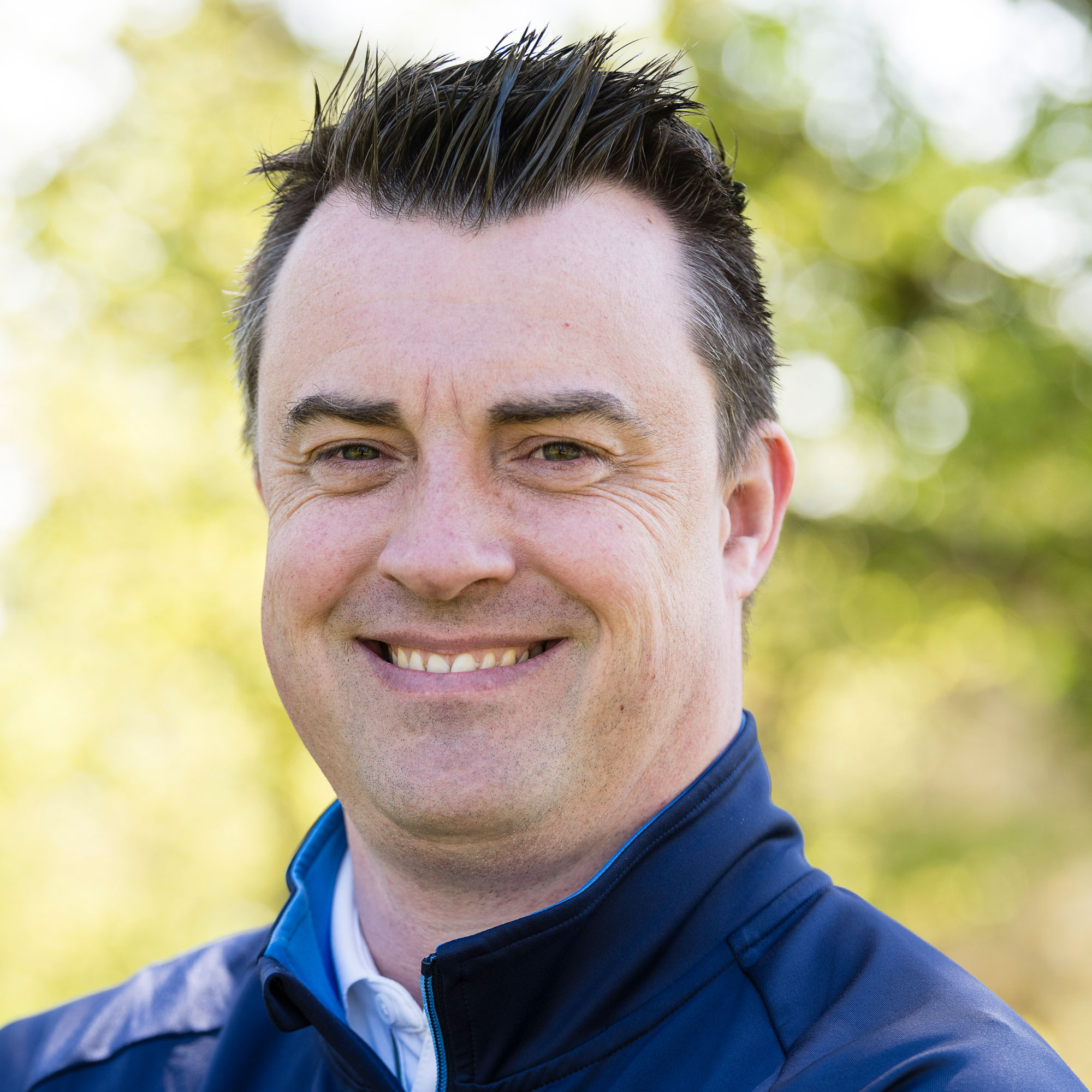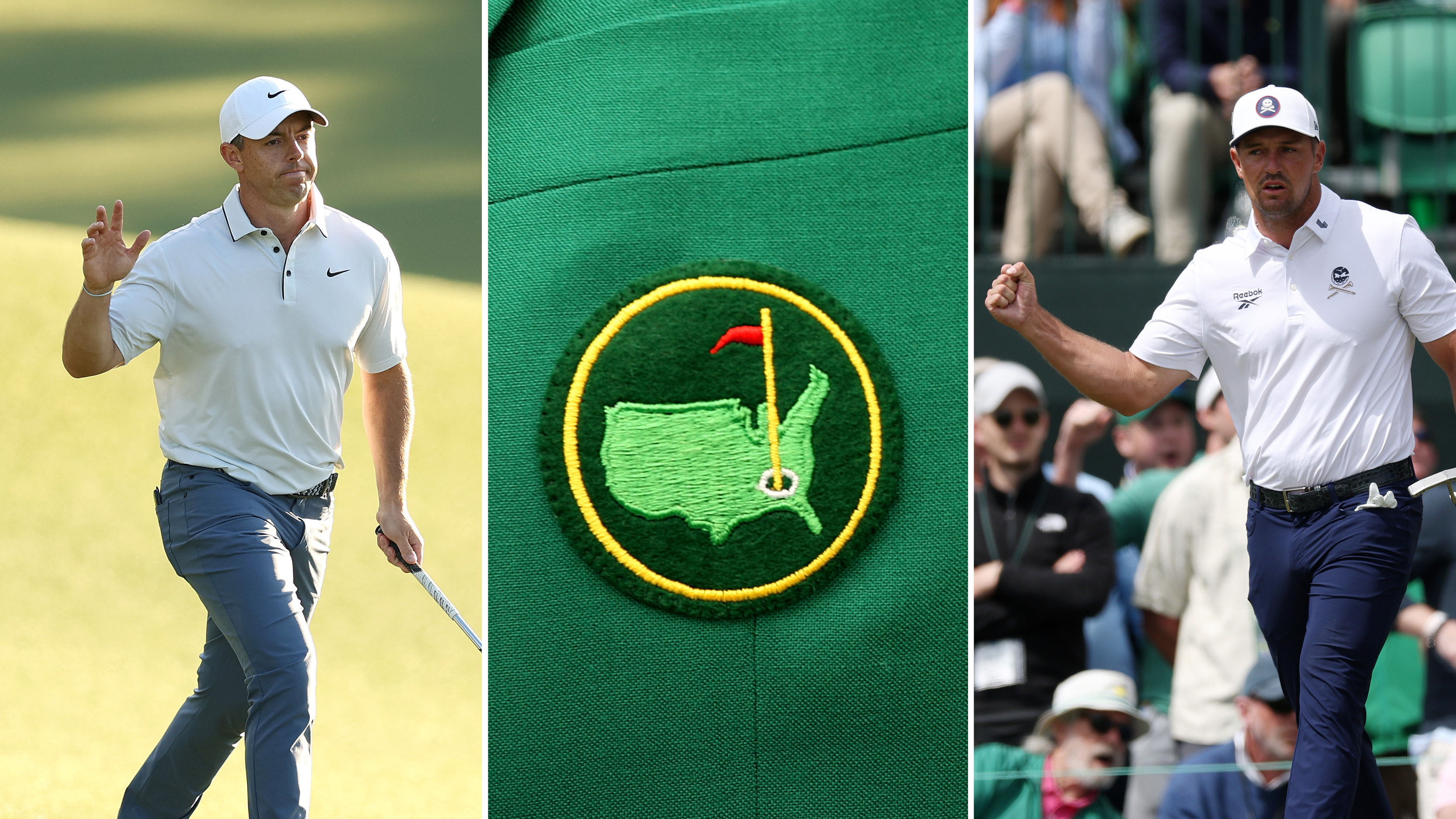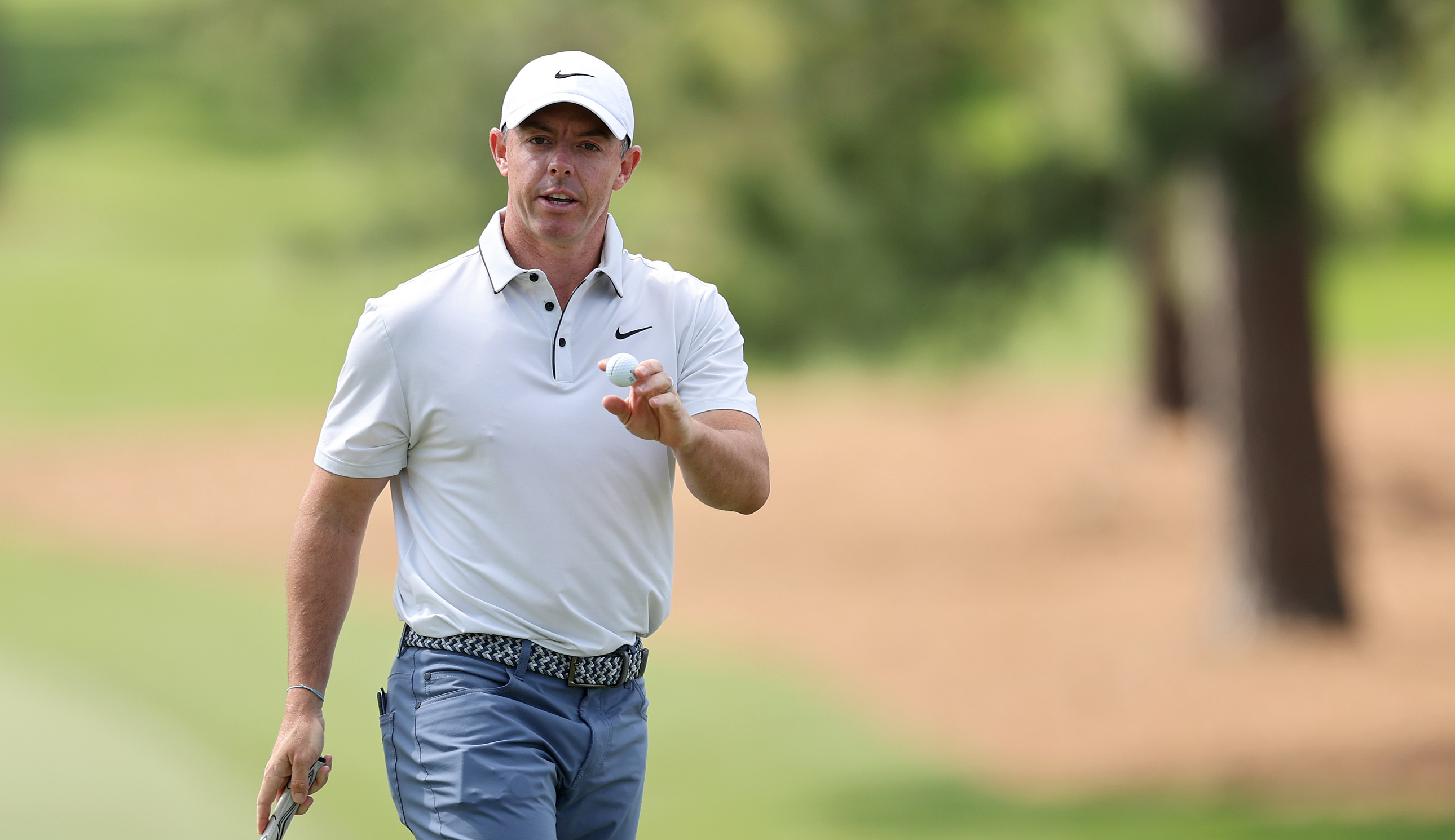Avoid 3 putts video
Golf Monthly Top 25 coach Barney Puttick has some lag putting tips to help you avoid 3 putts and lower your scores.


Golf Monthly Top 25 coach Barney Puttick has some lag putting tips to help you avoid 3 putts and lower your scores.
Finding a green in regulation and following it up with three putts can be extremely frustrating, particularly when you’re trying to put a score together.
One of the reasons for many three-putts is spending time making lots of practice strokes, but not concentrating on visualising putts, especially from long range.
I always suggest that players spend 75 per cent of their time visualising the putt, considering the green, the slopes and the speed. This should help you get your first putt closer to the hole in order to avoid 3 putts more often.
This will give you a much better idea of what the ball will do on the way to the hole. You can then take one or two practice strokes.
However, don’t take too many as you want to hit the putt while the visualisation is still fresh in your mind.
Get the Golf Monthly Newsletter
Subscribe to the Golf Monthly newsletter to stay up to date with all the latest tour news, equipment news, reviews, head-to-heads and buyer’s guides from our team of experienced experts.
Distance and feel
A bit of time spent on the putting green before you play can be very beneficial. When you do this, I would suggest hitting some putts with just one hand (your right if you are right handed) to help give you a feeling of distance and green speed.
After you’ve hit putts from various distances, try making air strokes without your putter. This might feel strange at first, but it will help focus the mind on a fluid feeling, which you can then transfer to the actual stroke.
Practise behind the ball
As I mentioned earlier, you shouldn’t spend too long making practice strokes. When you do, though, I recommend that you make them behind the ball looking down the line, rather than by the side of the ball.
This will ensure you remain focused on the actual line of the putt. Make your practice stroke while looking at the hole, which will also help you get a feel for how hard you need to hit the putt.
Correct alignment
Reading greens might be the hardest part of putting, but it means nothing if you don’t start the ball on the intended line.
Golfers will often plant their feet first and then put the putter behind the ball. This means the putter is lined up with where the feet are aiming, rather than at the intended point.
You should set the putter up behind the ball first and then position your feet. This will help to ensure that you start the ball where you intended.
Control your hands
One of the reasons players fail to get their first putt into gimme range is that the hands outpace the arms.
This results in a jerky, scooping motion and makes it very difficult to control distance or direction. If you find that you suffer from this problem, you should pay particular attention to the way your hands and arms are set up at address.
When you make your stroke, focus on ensuring that your hands and arms recreate the address position at impact. This will produce a smoother roll and more consistent results.
Judge the break
This is often mentioned in instruction features because it is so important. Always take into account that as the ball gets closer to the hole and slows down, the more it will take the break.
During the early stages of the putt, the ball will be travelling faster so won’t break as much. Focus on the area around the hole and you should improve your ability to read greens.

Tom Clarke joined Golf Monthly as a sub editor in 2009 being promoted to content editor in 2012 and then senior content editor in 2014, before becoming Sports Digital Editor for the Sport Vertical within Future in 2022. Tom currently looks after all the digital products that Golf Monthly produce including Strategy and Content Planning for the website and social media - Tom also assists the Cycling, Football, Rugby and Marine titles at Future. Tom plays off 16 and lists Augusta National (name drop), Old Head and Le Touessrok as the favourite courses he has played. Tom is an avid viewer of all golf content with a particularly in depth knowledge of the pro tour.
-
 Rory McIlroy vs Bryson DeChambeau: Who Are We Picking To Win The 2025 Masters?
Rory McIlroy vs Bryson DeChambeau: Who Are We Picking To Win The 2025 Masters?We're set up for a blockbuster final day at Augusta National where Rory McIlroy and Bryson DeChambeau play together in the final group
By Elliott Heath Published
-
 The Masters Crystal Rory McIlroy Has Already Won At Augusta National This Week
The Masters Crystal Rory McIlroy Has Already Won At Augusta National This WeekMcIlroy leads going in to the final round at Augusta National, with the four-time Major winner already bagging some silverware before he looks to claim the Green Jacket
By Matt Cradock Published